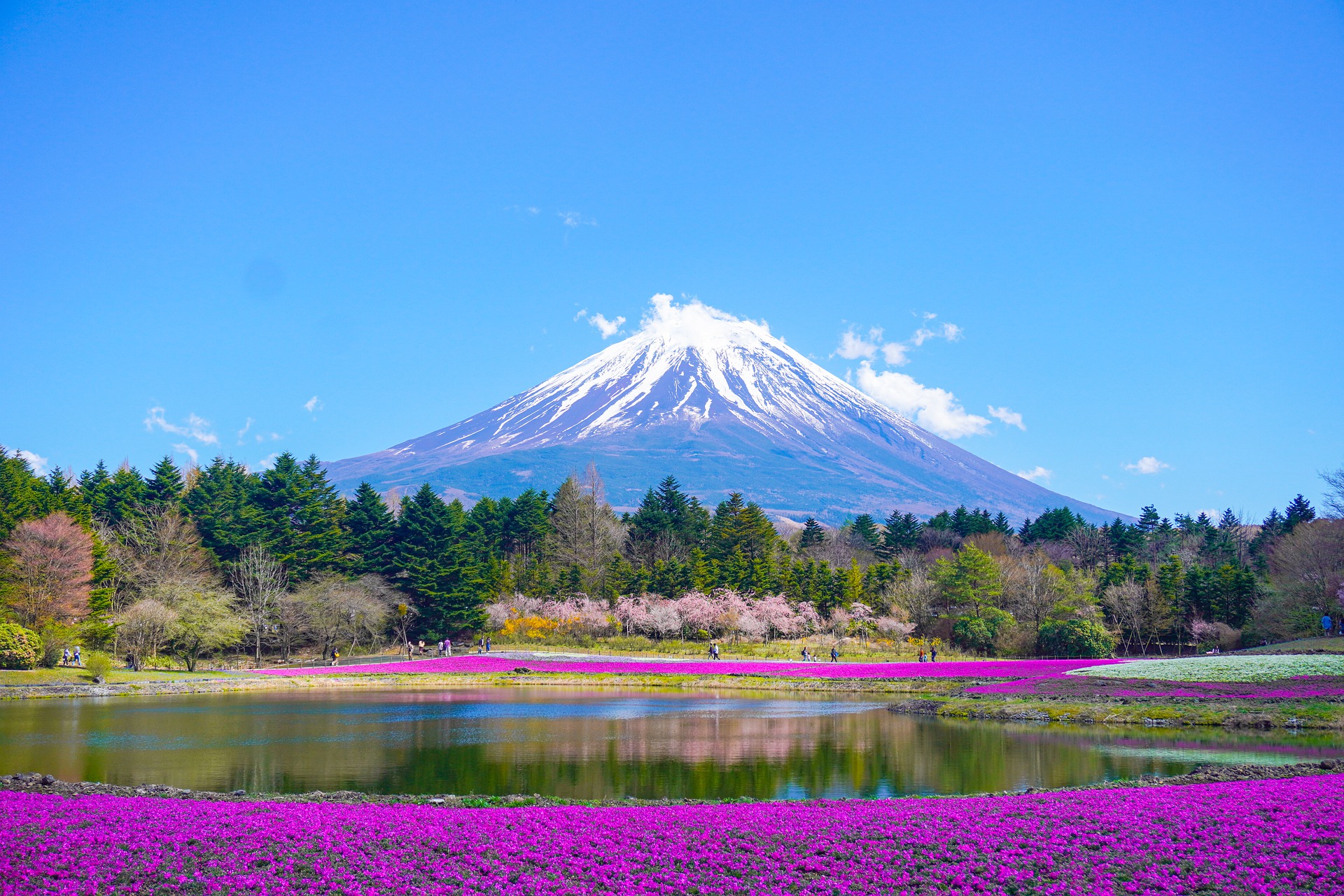Mount Fuji, one of Japan’s most popular attractions, is facing growing pressures from overtourism. As 2024 has seen record-breaking visitor numbers, the iconic mountain is struggling to balance tourism with preservation. In response, Shizuoka Prefecture is considering implementing mandatory entrance fees by summer 2025, ranging from $19.35 to $32.26.
These fees aim to help manage the environmental impact of mass tourism while ensuring Mount Fuji remains a sustainable destination for future climbers.
Understanding the new fees

There are currently two prefectures for climbing Mount Fuji: Yamanashi and Shizuoka. While Yamanashi Prefecture has long charged climbers an access fee of $12.90 and an additional voluntary donation for conservation, Shizuoka Prefecture, which also offers routes up the mountain, has until now operated without mandatory fees. However, Shizuoka is planning to introduce the new entry fee, which will replace the existing voluntary $6 conservation fee currently in place.
The new fees will be applied to three popular routes in Shizuoka – Fujinomiya, Subashiri, and Gotemba. Along with the fee, Shizuoka is planning to implement stricter access restrictions. Climbers using the Gotemba Route will no longer be allowed to start after 1 p.m., while the Subashiri and Fujinomiya routes will have cut-off times of 3 p.m. and 4 p.m., respectively. These times are designed to ensure that climbers can reach at least the halfway point before darkness falls, improving safety.
Additionally, the government plans to ban overnight climbing along the Shizuoka routes, except for those who have secured reservations at mountain huts. A draft proposal for the new regulations is expected to be submitted to the Prefectural Assembly in February 2025, marking a significant shift in how Mount Fuji is managed for climbers.




